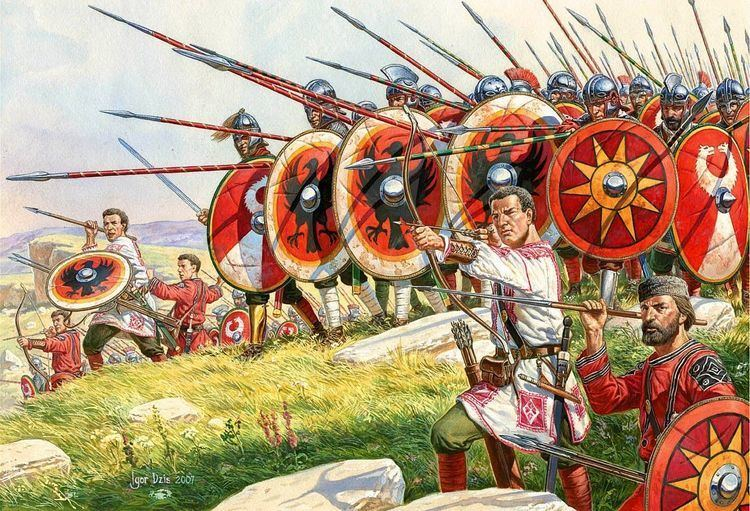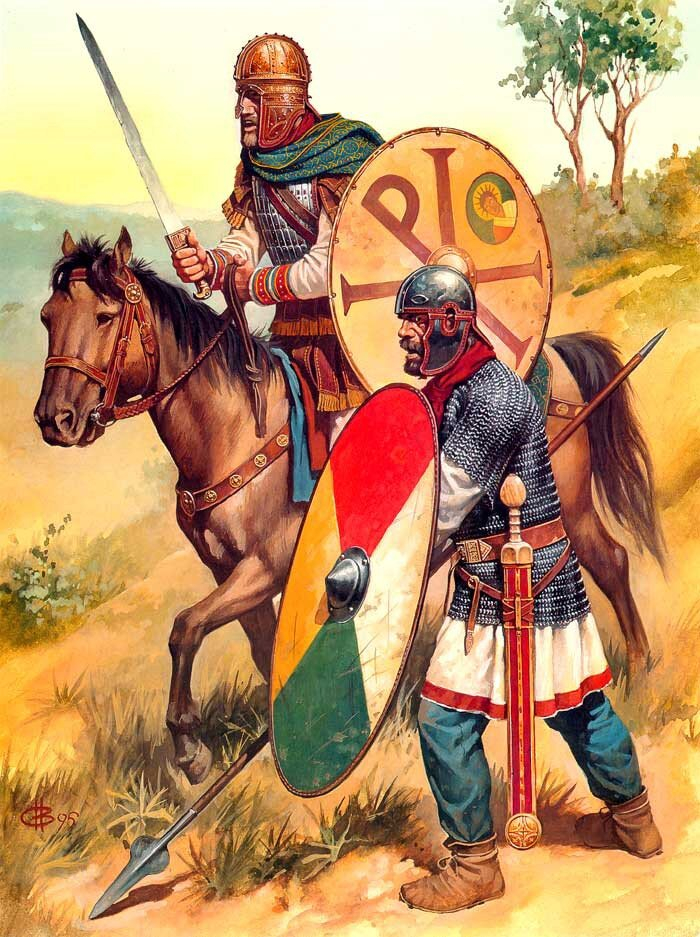In 299 AD, Diocletian was successful in bringing about peace in the East
The Roman Empire at the time faced significant challenges from the Sassanid Empire of Persia. It was the last Empire to exist before the Muslim conquest in the seventh century. The Persian Empire was the target of several wars by Roman rulers. In response to a conflict with Persia, Diocletian also took action. When Narseh became the Persian king in 294, he had to engage in combat with Persia. Before declaring war on the Roman Empire in the year 295, Narseh was friendly to the Romans. He first conquered western Armenia before moving on to conquer Galerius in Roman Mesopotamia.
Galerius was publicly chastised by Diocletian. Then Galerius got back at Narseh, defeating him twice. He eventually took control of Narseh's camp, treasure, harem, and wife. When Narseh got the news, he sent the Roman emperor a peace proposition. He wished to bring his wife and kids via the peace talks. Armenia was given back to the Romans as a consequence of the negotiations.
The five satrapies between the Tigris and Armenia came under Roman rule after that. These areas included the Tigris' passage through the Anti-Taurus mountain, the Bitlis pass, which provided the shortest access to Persian Armenia from the south, and the Tur Abdin plateau. With these lands, Rome would have a staging area to the north of Ctesiphon and be able to stall any further Persian advances into the area. In the year 300, Diocletian ordered the construction of a fortified route at the southern frontier, where the empire bordered the Arabs, to reinforce the defense of the east. Since traditional troops couldn't function in the area, this road would continue to be used for generations but would prove unsuccessful at guarding the border.














